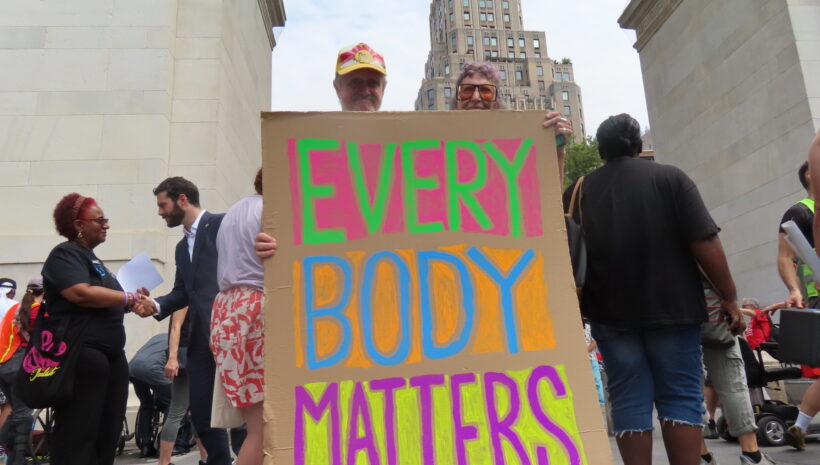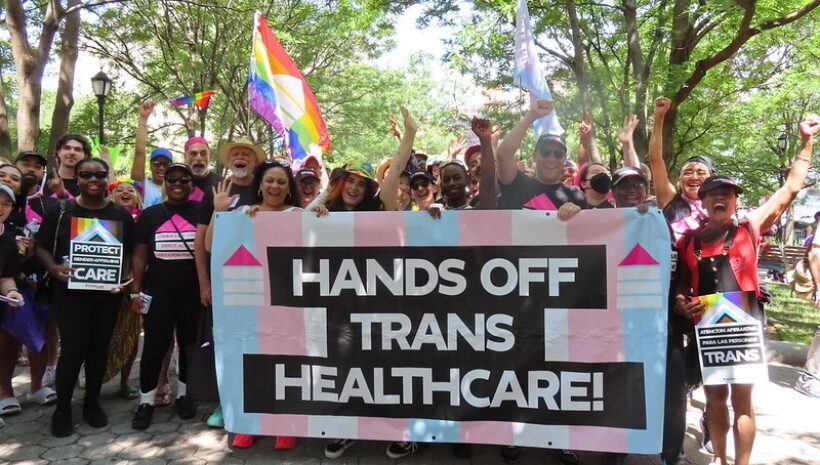As of September 14th, the wait list to receive lifesaving AIDS medication through the nation’s AIDS Drug Assistance Programs dropped to 88 people across six states, a decrease of 82 people since September 4th.
This drop continues to mark the months-long trend of the near total reduction of people on the national ADAP watch list. This trend is attributed to the Obama Administration’s announcement in July that they would allocate nearly $80 million to 25 states and territories to help end the ADAP waiting list and treat an additional 14,000 people who are also waiting to receive the HIV the care they need.
About the nation’s expanding AIDS drug access crisis
AIDS Drug Assistance Programs are the state and federally funded programs that provide medication to low and middle-income people living with HIV/AIDS drugs can cost tens of thousands of dollars a year, so ADAP is a critical lifeline.
In the last two years, increasing numbers of people have tried to enroll in these programs, due in large part to increasing unemployment. However, states have less money to give to their ADAPs.
Many states have blocked ADAP enrollment and instituted wait lists. Other states have changed their ADAP eligibility requirements, cutting untold numbers from their programs and leaving many without a way to pay for medication. Lastly, some states have limited the drugs they cover. The crisis is particularly acute in Florida and across the South.
The majority of the people served by ADAPs are black and Hispanic. Many AIDS groups, including Housing Works, have launched protest after protest demanding state and federal government take action. Obama’s proposed $105 million increase in federal funding for 2012 falls short of the $126 million requested by AIDS advocates to tackle the crisis.
Follow the Update blog on Twitter @housingworks.




